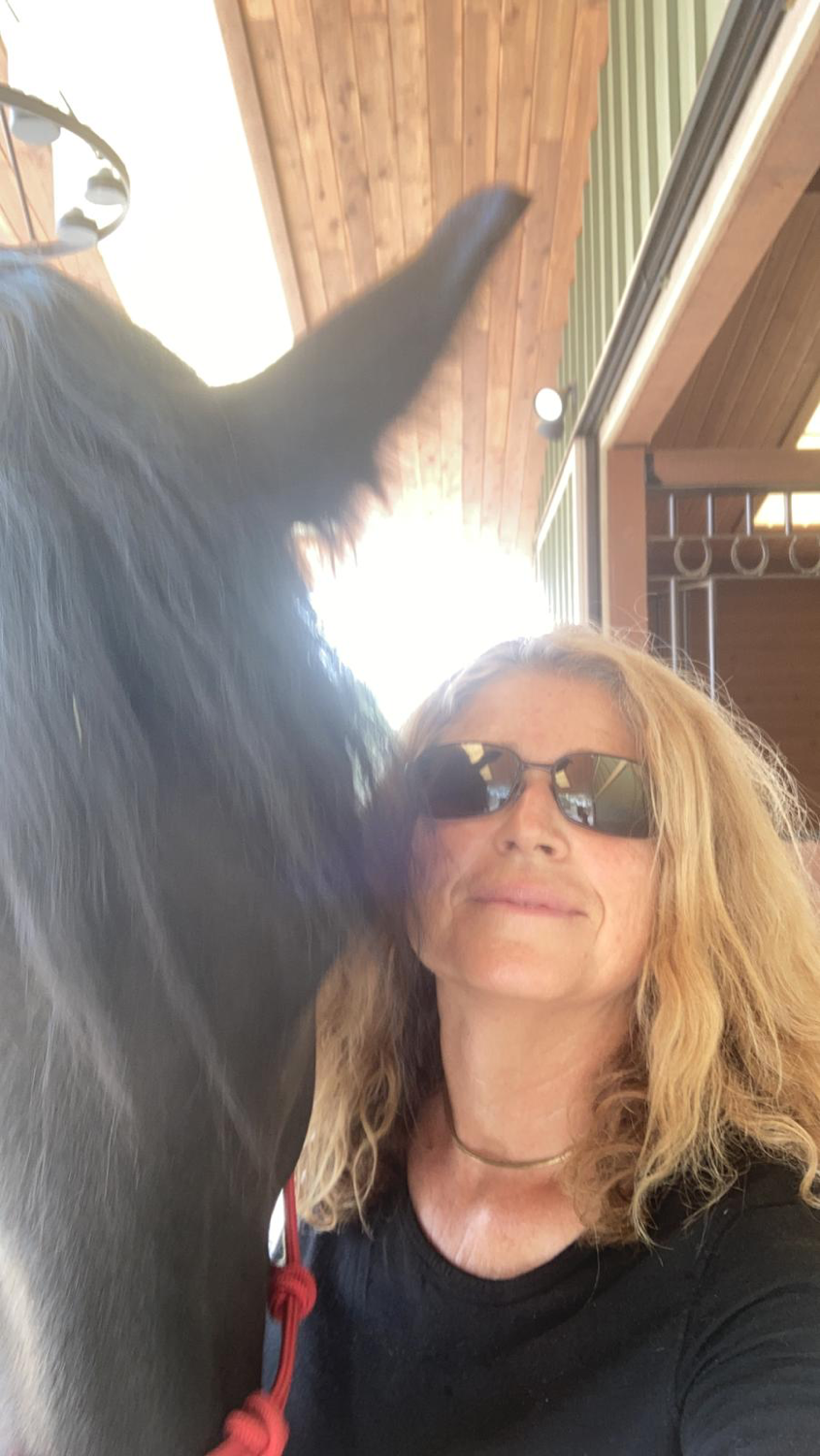Why Good Saddle Fit For the Horse Matters
- Zsuzsu

- Jun 5, 2018
- 3 min read

It seems that as we look around us we see riders trekking, jumping, galloping, sliding, piaffing….all without a worry in the world about how their saddle fits. The horses look like they’re performing. The riders look happy and carefree. So where does saddle fit come into all this?
Good saddle fit is important if we want to keep our horses healthy, happy and pain free. If we take a step back and take a good look at our horses’ bodies, what we see is a spine with a large barrel underneath it.
What this tells us is that the horse’s back; i.e. it’s spine, spinal processes, ligaments and tendons, and muscles; are made to have weight hang down from it, not to have a weight on top of it.
That large pendulous barrel, with all the organs within and the mass of belly muscle, can hang down from the horse’s back without creating any stress to its structure whatsoever.
But put a rider on top of a horse’s back and the problems begin.
So how to translate that to saddle fit since the saddle and rider do indeed sit on top of the horse’s back?
Well, the first step is to understand the basics of horse anatomy and biomechanics. The large muscles of the horse’s back are for locomotion, not to carry weight. In other words the horse needs the large back muscles in order to move.
If those large back muscles are impinged the horse will begin to travel in a physically dysfunctional way and as such damage itself.
Not only will their movement not be correct but what can follow is muscle atrophy, back pain and lameness to name just a few side effects of bad saddle fit. This scenario can then lead to chronic lameness, back and/or neck pain and physiological breakdowns.
Many people suffer from the same problem when their initial knee problem becomes a hip problem or the other way around.
Often a knee or hip replacement is followed by another joint replacement since the secondary joint was damaged due to incorrect movement compensating for the pain from the initial damaged joint.
Taking a closer look at the horse’s structure as it applies to riding, we can see that the comparison to make is to a suspension bridge.
In fact the horse’s structure is actually 2 suspension bridges; the main one being from the withers to the croup and the secondary one being the neck. The ligaments along the back, such as the all-important nuchal ligament, hold up the back. The muscles below the bridge stretch these ligaments so that they hold the back up passively.
Because the muscles along the back have more of a leverage effect on the spinal column, these muscles must be allowed to work passively so that they do not inhibit the back-lifting job of the abdominal grid.
Impinging on any of the back or shoulder muscles, ligaments or bones will create the opposite effect.
<
The large back muscles will contract in pain and thereby cancel out any effort by the lower abdominal grid to lift.
The horse’s head will fly up and pelvis and hind legs will trail behind. Any attempt to correct this by pulling the head down will not affect the back positively as the spinal process is not rigid like a pole but flexible more like a toy train set.
Translating this to training and performance, we see that correct back and abdominal grid action has the horse reaching under his center of gravity (and yours) with each step, which then has him moving athletically and efficiently.
Using his back freely and correctly also allows the horse to maintain his balance while keeping the correct rhythm of the gait he is in.
Quite often what we may believe to be training or disobedience issues with our horses are instead saddle fit issues. This can then create a cycle of frustration and misunderstandings between horse and rider.
Most riders are not only looking for a mount that will perform but are also looking for a partner.
Horse owners love their horses but often are frustrated in their attempt at creating a partnership.
Oftentimes, this partnership can be hampered by bad saddle fit. A horse that is in pain may find it difficult to be mentally present at all and a horse that is in pain every time it is ridden will always at some level be in a “fight or flight” mode since instinctually it has to take care of itself. Worse case scenarios can play out such as a “bad” horse that bucks, rears, bites, kicks out. Some milder signs of bad saddle fit can manifest at the tacking stage. Horses that swish their tails, bare their teeth, are girthy or “cold- backed” oftentimes have developed a negative association with tacking, saddles and riding.
Let’s create partnerships with our horses and help them to be balanced, happy and pain-free under us.
How do we do this?
Make sure their teeth are balanced, their hooves are balanced and their pelvis is balanced. Saddle fit is an important component to this whol-istic picture.







Comments